For everyone who visits it, Krakow holds a special place in their memory. Its cobblestones, countless chapels, churches, hidden cafes, hundreds of churches, and enormous market square invite wandering.
I’ve been to Krakow more times than I can remember; K lived in Krakow for five years. Yet despite all the time we’ve spent in the city, a visit to Krakow is a highlight of a trip to Poland. To come to Poland without going to Krakow is simply unimaginable.
We park on the Wawel castle side of the old town and approach the rynek from the opposite corner, along Grodzka Street.
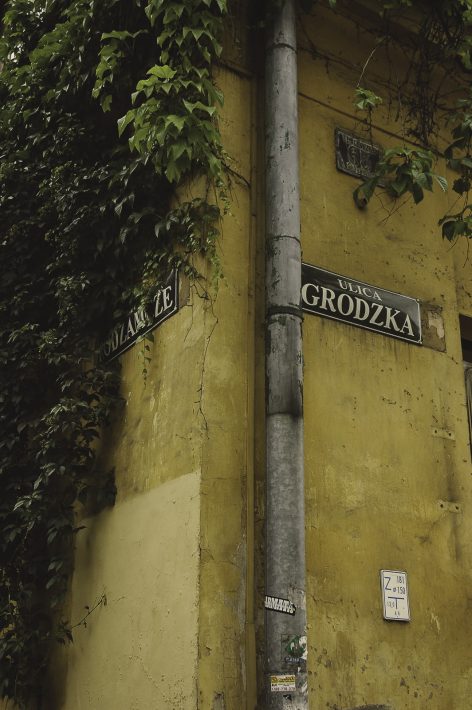
Wawel is to be our focus for the first part of our visit: with L now able to state her desires and shout her complaints, we have to make slightly different plans. Visiting the Wawel dragon, making the journey though the dragon’s cave, shopping for Polish-language children’s books, feeding the pigeons on the rynek.
We begin with a stroll through the grounds of Wawel castle, the royal residence.
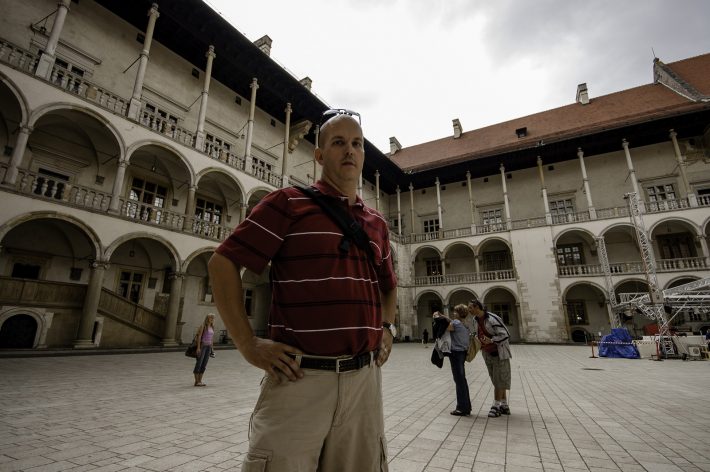
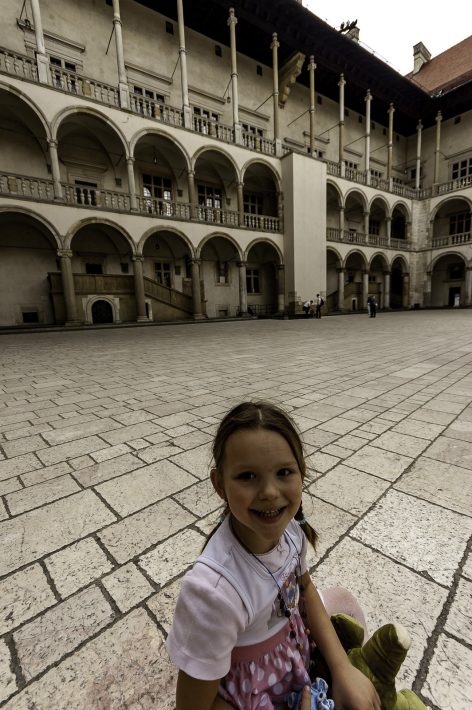
To take a tour of the residence would be something of a waste: L would get little out of it, and K and I have taken the tour many times ourselves. Instead, it’s a refreshment walk — a nostalgia tour.
We do, however, head to the grave of Lech Kaczynski, the Polish president killed earlier this year in a plane crash. He was on his way to celebrate the anniversary of the Katyn massacre, but became a victim himself. Ironically, just down the street from his final resting place is a monument — one of many — to the victims of Katyn.
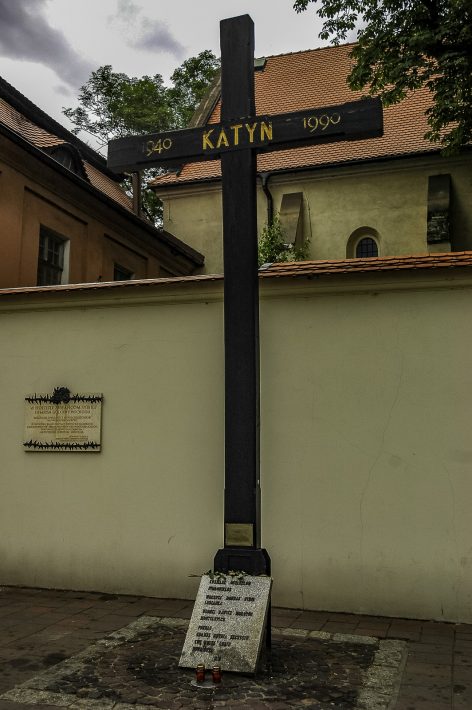
We also head into the cave of the Wawel dragon.
According to legend, the Wawel dragon (“smok Wawelski” in Polish) tormented the inhabitants of ancient Krakow by, well, eating them and their livestock.
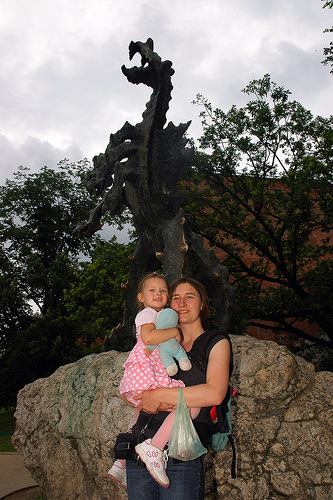
The king sent all the knights to destroy the dragon, but predictably the reverse happened. As in most legends, it was a commoner — in this case, a cobbler’s apprentice named Skuba Dratewka — who saved the day. He placed a lamb carcass stuffed with sulfur outside the dragon’s lair.
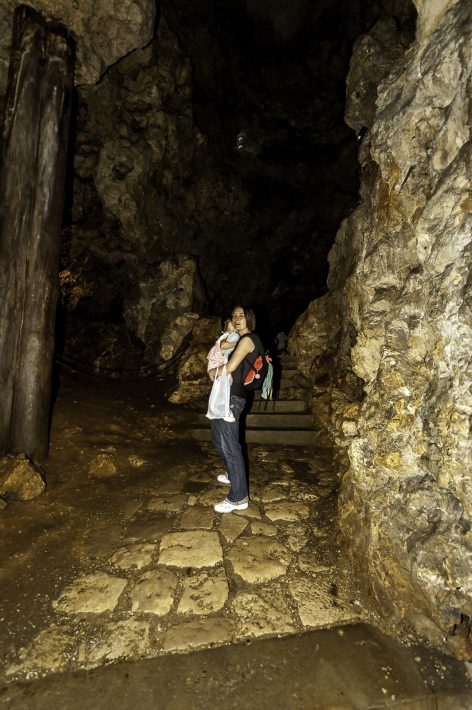
The dragon drank so much water from the Vistula River that he exploded. Problem solved, and Dratewka got his reward: the king’s daughter’s hand in marriage.
Modern visitors to Wawel gain access to the cave via a long spiral staircase that seems to fall endlessly into the ground.
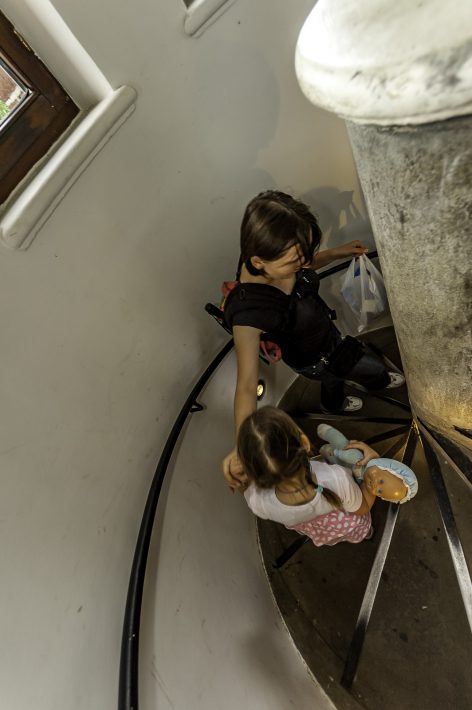
L becomes frightened, refusing to walk on her own. “Hold me! Hold me!” It’s understandable: after all, a dark, tight, slippery stairway is unnerving even for us adults.
By the time we make it to the bottom, though, two things are evident: first, we have to see some pigeons; second, we have to eat. And soon.
To be continued…
0 Comments